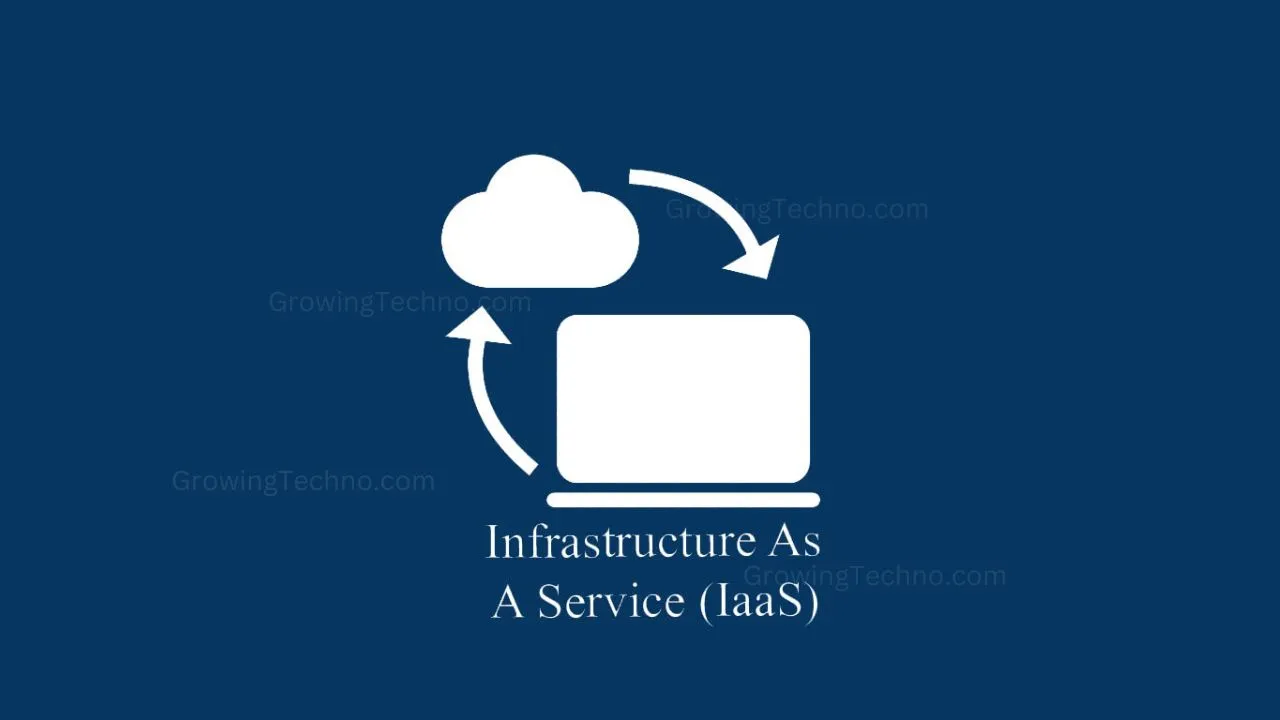
In the ever-evolving landscape of information technology, a robust and well-optimized network and infrastructure form the backbone of success. From ensuring seamless connectivity to safeguarding critical data, adhering to best practices is imperative. This article delves into the world of network and infrastructure best practices, shedding light on the key principles and strategies that underpin a resilient digital foundation.
The Best Practices
1. Design for Scalability:
One of the foremost best practices in network and infrastructure design is scalability. Your network and infrastructure should be able to accommodate growth without compromising performance. This involves foreseeing potential capacity requirements and ensuring that your systems can expand seamlessly.
2. Redundancy is Key:
In the world of networks and infrastructure, redundancy is your safety net. It involves having backup systems and pathways in place to ensure uninterrupted operation even if one component fails. Redundancy is crucial for critical systems where downtime is not an option.
3. Security First:
Security is a non-negotiable aspect of network and infrastructure best practices. Implementing robust firewalls, encryption, and access controls should be standard. Regular security audits and updates are essential to keep threats at bay.

4. Regular Monitoring and Maintenance:
Proactive monitoring and maintenance are vital to ensure the health and performance of your network and infrastructure. Regularly check for bottlenecks, hardware failures, and software vulnerabilities. This prevents small issues from snowballing into major problems.
5. Documentation and Standards:
Maintaining comprehensive documentation and adhering to established standards is often overlooked but crucial. Well-documented systems and adherence to industry standards ensure that your network and infrastructure are manageable and maintainable.
6. Disaster Recovery Planning:
No matter how robust your network and infrastructure are, disasters can strike. Having a solid disaster recovery plan in place, including regular data backups and a clear recovery procedure, is indispensable.
7. Cloud Integration:
In today’s digital age, cloud integration is a best practice that can significantly enhance flexibility and scalability. Consider leveraging cloud services for storage, backup, and even some computing tasks.

8. Energy Efficiency:
Sustainability is increasingly a part of network and infrastructure best practices. Optimize energy usage with efficient hardware and cooling solutions, contributing to both cost savings and environmental responsibility.
9. Stay Current:
Technology evolves rapidly. Staying current with the latest hardware and software updates, security patches, and industry trends is essential. Outdated systems are more vulnerable to security threats and often perform sub-optimally.
10. Training and Skill Development:
Finally, investing in your IT team’s training and skill development is an often overlooked best practice. Well-trained personnel can better manage and optimize your network and infrastructure.

Conclusion
In the realm of information technology, adhering to network and infrastructure best practices isn’t an option; it’s a necessity. These best practices form the bedrock upon which the entire digital infrastructure of an organization rests. From scalability and redundancy to security and sustainability, each practice plays a critical role in ensuring that your network and infrastructure not only function optimally but also withstand the tests of time and evolving technology.
By designing for scalability, implementing robust security measures, and embracing the cloud, organizations can lay a strong foundation for future growth. Regular monitoring, maintenance, and disaster recovery planning act as insurance policies against unforeseen disruptions. Energy efficiency and adherence to standards reflect an organization’s commitment to both its financial well-being and environmental responsibility.
Above all, the importance of investing in the training and skill development of IT personnel cannot be overstated. A knowledgeable and well-prepared team is the linchpin of successful infrastructure management.
In conclusion, network and infrastructure best practices are not static rules but dynamic principles that adapt to the evolving tech landscape. By integrating these practices into their IT strategies, organizations can fortify their digital infrastructure, ensuring that it remains agile, resilient, and ready for the challenges and opportunities of tomorrow.
Found this helpful? Share the wisdom!








